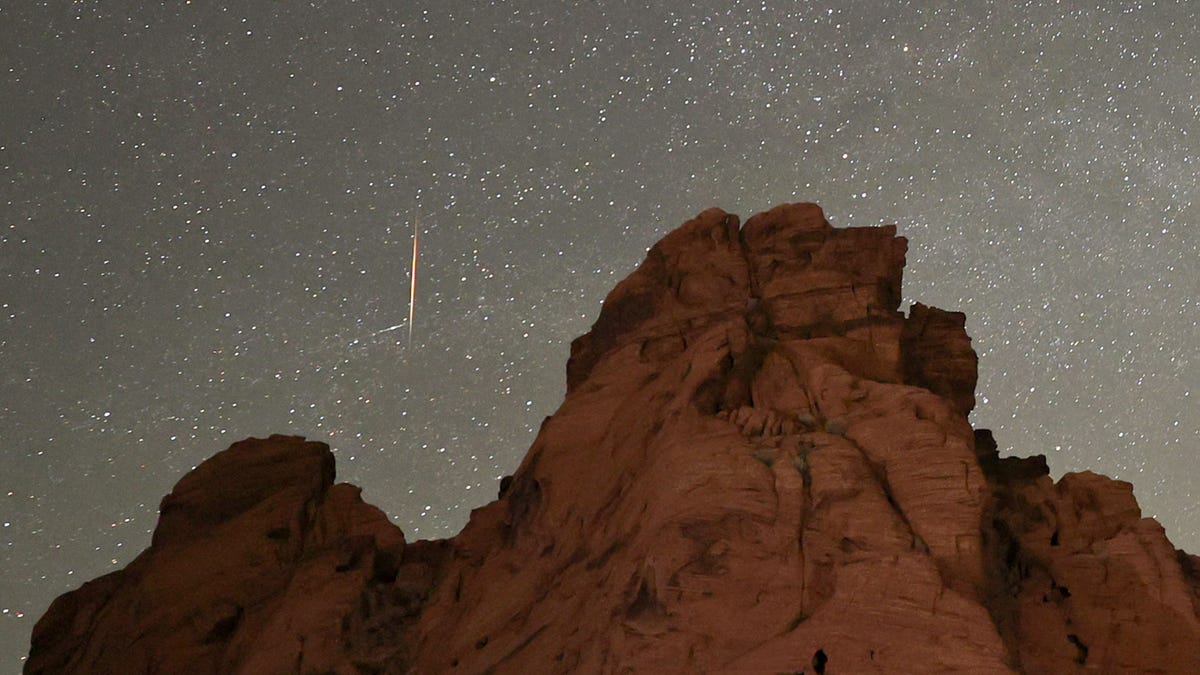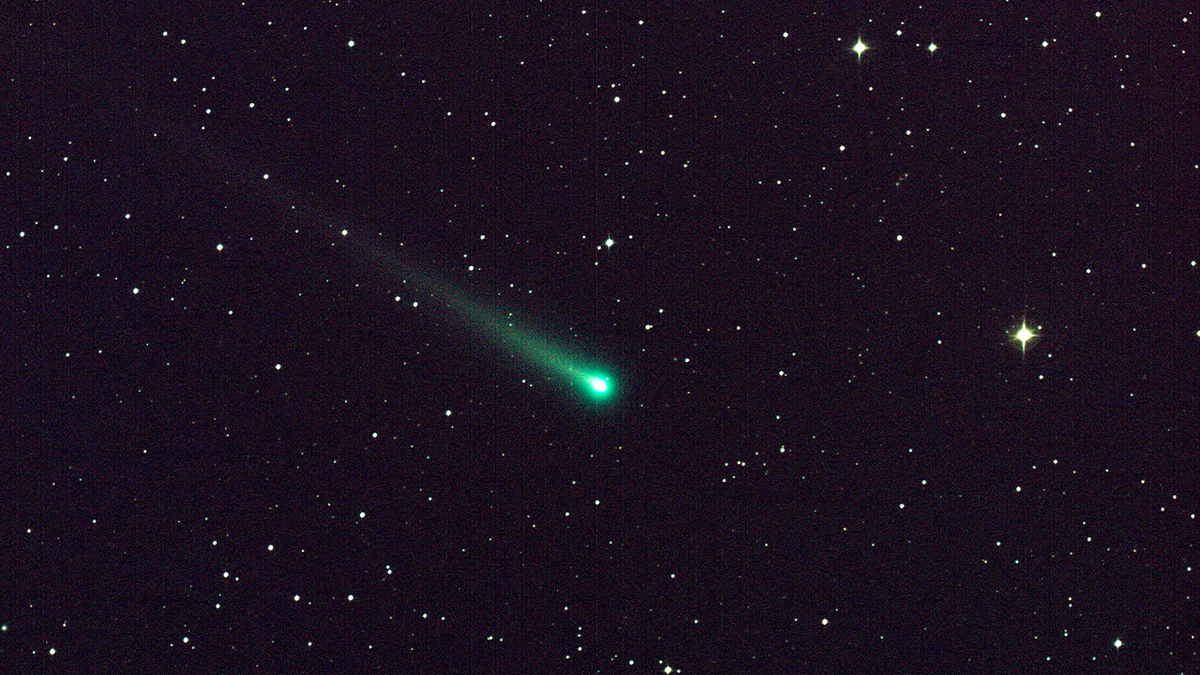How astronauts aboard the International Space Station see the Israel-Hamas war
Hundreds of miles above the Earth, the International Space Station offers a unique view of the world below. Astronauts say their view of the Israel-Hamas war is different.
A "Devil Comet," twice the size of Mount Everest, is shooting toward Earth but likely does not pose any threat to humanity, according to an astronomer.
"It might be bright enough that you can see with your naked eye or with binoculars, but that's not because it's going to be super close," Teddy Kareta, a postdoctoral researcher at Lowell Observatory in Flagstaff, Arizona, told Insider. "It's because it's just generally very bright."
Better known in the scientific community as 12P/Pons-Brooks, the so-called "Devil Comet" was first discovered in 1812 before it was spotted again in 1883, SkyLive reported. It is known as a periodic comet with an orbital period of roughly 71 years.
It is also considered one of just roughly 20 other comets with an active ice volcano, according to The British Astronomical Association. Cold volcano comets contain a mix of ice, dust and gas known as cryomagma, and are surrounded by gas that leaks out from the inside, Live Science reported.
GREEN COMET TO STREAK ACROSS EARTH SKIES FOR FIRST TIME IN CENTURIES

A meteor streaks above sandstone formations as the Earth passes through the debris trails of a broken comet called 73P/Schwassmann-Wachmann, or SW3, producing a never-before-seen meteor shower called the tau Herculids on May 30, 2022 in the Valley of Fire State Park, Nevada. (Photo by Ethan Miller/Getty Images)
The comet will be at its brightest for earthlings next year in mid-April, when it will be roughly 232 million kilometers, or 144,158,116 miles, from Earth.
"There's a chance that Pons-Brooks will be bright enough to see with your naked eye next spring, but it will almost certainly be bright enough to see with even a small set of binoculars or a starter backyard telescope. The primary bit of space news next April will obviously be the total solar eclipse, so people should consider marking their calendars to try to see the comet just in case it's not getting as much news," Kareta told Fox News Digital.
The astronomer noted that comets are "notoriously unpredictable" when it comes to gauging how bright they will be as they approach Earth, arguing it's a "wait and see" moment for sky-watchers.
The comet earned its moniker as a "devil" in July, when astronomers spotted "horns" around its nucleus and some compared it to the Millennium Falcon spaceship in "Star Wars," Forbes responded at the time.
Kareta explained that the horns are actually tails of gas and dust from unusual outbursts scientists are still studying to understand. The astronomer told Insider that outbursts are when "comets suddenly get much more active," and expel gas and dust at an increased rate.

This image provided by Gianluca Masi shows the comet C/2023 P1 Nishimura and its tail seen from Manciano, Italy on Sept. 5, 2023. Stargazers across the Northern Hemisphere should catch a glimpse as soon as possible because it will be another 400 years before the wandering ice ball returns. (Gianluca Masi via AP)
"The comet brightens really rapidly and then sort of fades back to the brightness it had before," he told the outlet. "And in Pons-Brooks, these are really, really bright — really, really large outbursts. And this is what makes this comet so interesting to scientists."
Kareta advised that people follow any updates on the comet in the months leading up to its planned appearance in the sky.
5 ASTEROIDS TO PASS EARTH THIS WEEK, INCLUDING ONE AS BIG AS A HOUSE: NASA

Comet ISON is seen in this five-minute exposure taken at NASA's Marshall Space Flight Center on Nov. 8, 2013 at 5:40 a.m. EST, courtesy of NASA. The image has a field of view of roughly 1.5 degrees by 1 degree and was captured using a color charge-coupled device camera attached to a 14-inch telescope located at Marshall. At the time of this picture, Comet ISON was 97 million miles from Earth heading toward a close encounter with the sun on Nov. 28. Located in the constellation of Virgo, it is now visible in a good pair of binoculars. (REUTERS/Aaron Kingery/NASA/MSFC/Handout via REUTERS )
Astronomers estimated the comet's nucleus stretches 12.4 miles, or roughly twice the size of Mount Everest. The comet is massive compared to other fireballs, which typically fall between 0.6 and 1.8 miles wide, according to Kareta.
CLICK HERE TO GET THE FOX NEWS APP
"We know it's big. We know it's an outlier. We know it's rare," Kareta told Insider, adding that he believes "a lot of people are really excited about" the comet.





















